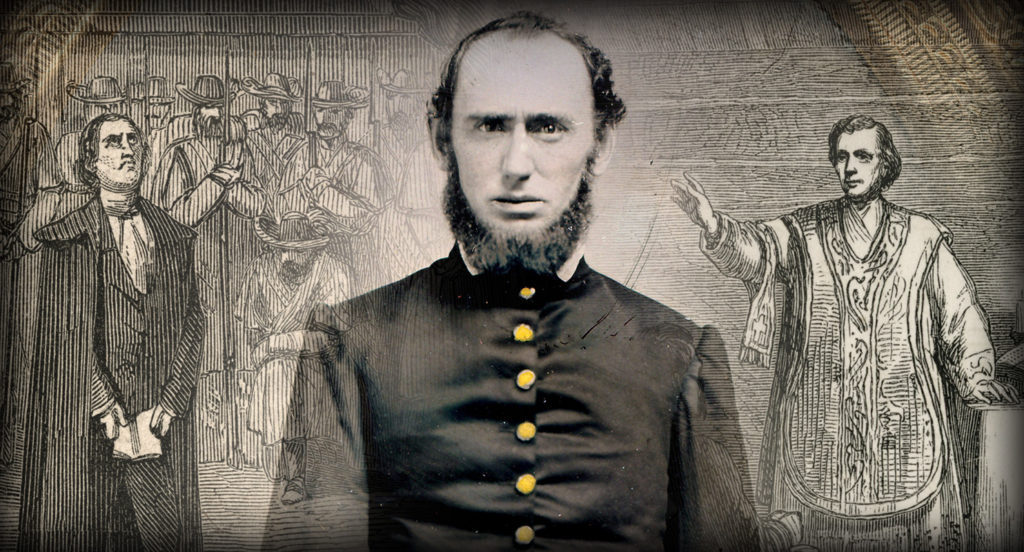
Faces of 40 Union and Confederate clergymen and their stories of spirituality, slavery, courage, caregiving, patriotism, suffering and death during the Civil War.. For details, see our finding aid.
Showcase. Interpret. Preserve.

Faces of 40 Union and Confederate clergymen and their stories of spirituality, slavery, courage, caregiving, patriotism, suffering and death during the Civil War.. For details, see our finding aid.

Most know James T. Ames as a New England sword maker. He was also a global manufacturer of munitions and cotton machinery with Confederate connections. This investigation into is connections involves pikes supplied to abolitionist John Brown, dealings with Great Britain and sales of weapons and machinery to the Southern states before, during and after secession. For details, see our finding aid.

Elisha Strong Kellogg, the colonel who led the 2nd Connecticut Heavy Artillery into the 1864 Battle of Cold Harbor, was a study in contrasts. “His nature was versatile, and full of contradictions; sometimes exhibiting the tenderest sensibilities and sometimes none at all,” noted one soldier. Beloved by his men, Kellogg’s destiny rose and fell with his regiment. For details, see our finding aid.
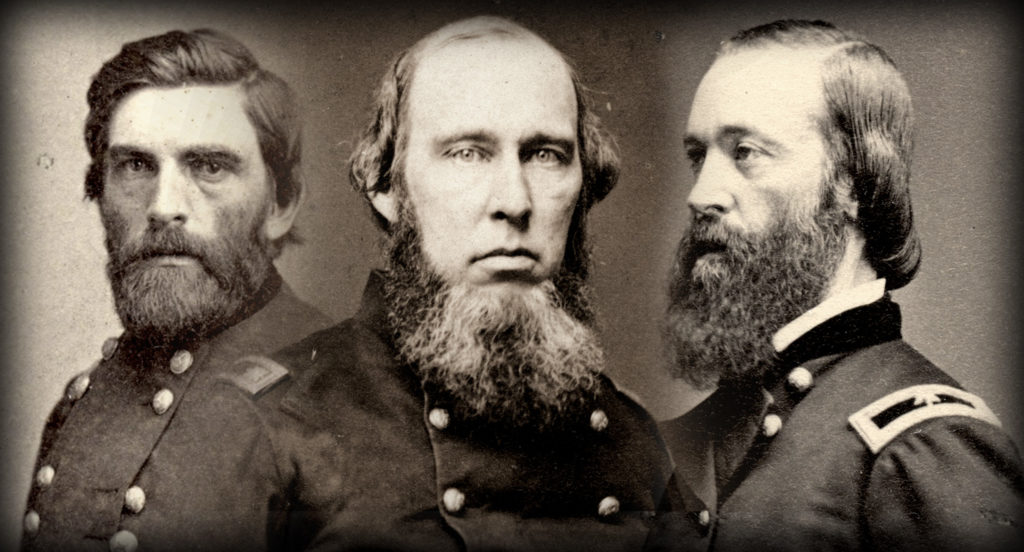
Medical Director Surg. Norman Gay incurred the wrath of Brig. Gen. Thomas W. Sweeny while trying to protect a corps ambulance, and in doing so wandered into an infamous feed between Sweeny and another general, Grenville M. Dodge. For details, see our finding aid.

In “U.S. Navy Watch Marks, 1861-65,” Field examines the unique patches that appear on the sleeves of sailors to insure the safe operation of vessels during the war years. For details, see our finding aid.
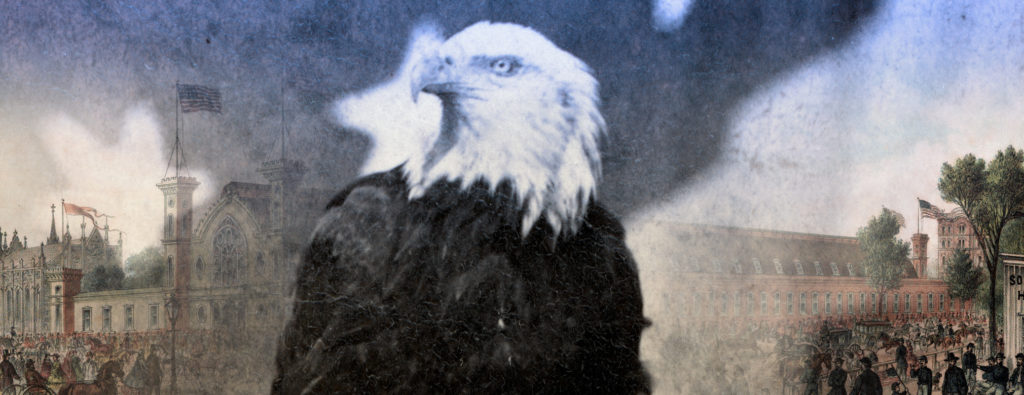
Chicago printer Alfred L. Sewell devised a novel fundraiser to support the Union army: Selling carte de visite sized portraits of Old Abe, the famed Eagle mascot of the 8th Wisconsin Infantry. Sewell targeted kids, who purchased tens of thousands of the images under the auspices of the U.S. Sanitary Commission. Children earned commissions in Old Abe’s army, and a small number received Medals of Honor for the number of images purchased. For details, see our finding aid.
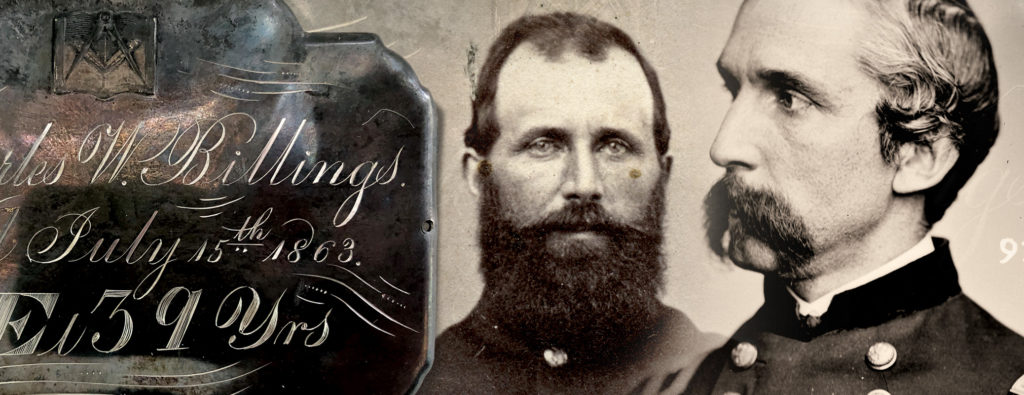
Capt. Charles W. Billings of the 20th Maine Infantry suffered a mortal wound at Little Round Top. Russinoff brings together primary sources and artifacts for the first time to tell Billings’ story, which underscores historian Drew Gilpin-Faust’s concept of “The Good Death.” For details, see our finding aid.

A collection of more than two dozen ambrotypes, cartes de visite, and tintypes of Union and Confederate soldiers at the Battle of Gettysburg, each accompanied by the story of each man’s experience during the fight. Among those included are 1st Lt. Robert C. Knaggs of the 7th Michigan Infantry, Pvt. Clark Stevens of the 2nd New Hampshire Infantry, Pvt. Hiram Gilbert of 76th New York Infantry, Lt. Col. Theobold Alexander Von Mitzel of the 74th Pennsylvania Infantry, Pvt. David “Davy” Barnum of the 5th Alabama Infantry, Capt. James Washington Beck of the 44th Georgia Infantry, Lt. Col. Wharton Jackson “Jack” Green of Tennessee and more. Contributions of images and text included Rick Carlile, Ronald S. Coddington, Guy DiMasi, Thomas Harris, Tom Huntington, Britt C. Isenberg, Ross J. Kelbaugh, Jeff Kowalis, C. Paul Loane, August Marchetti, Paul Russinoff, Dan Schwab, Karl Sundstrom and Daniel Taylor. For details, see our finding aid.
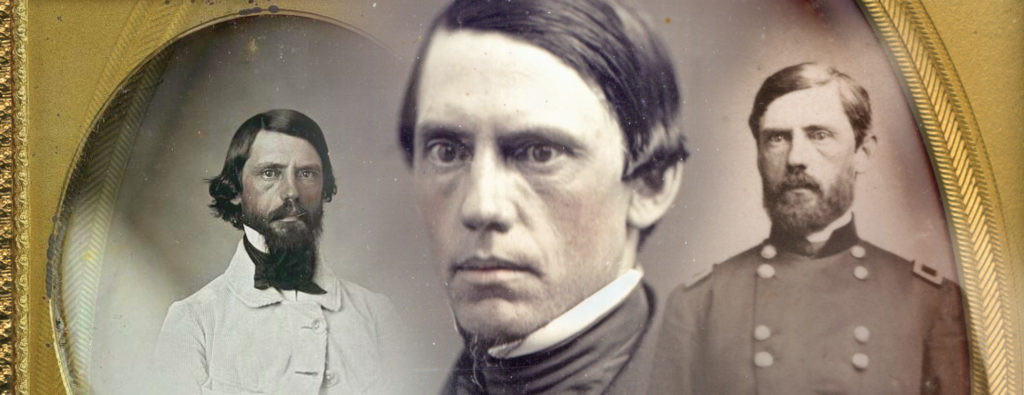
A quarter-plate daguerreotype of John Reynolds by renowned photographer Jeremiah Gurney may have been a portrait promised to his sister, Ellie, in an 1858 letter. For details, see our finding aid.

During the years following the Civil War, American audiences packed venues across the country to experience the late conflict through glass plates projected on a big screen—the precursor to motion pictures. For details, see our finding aid.